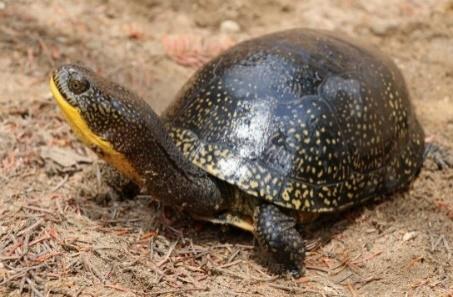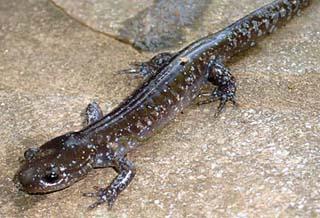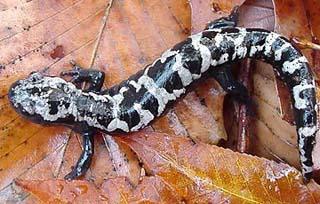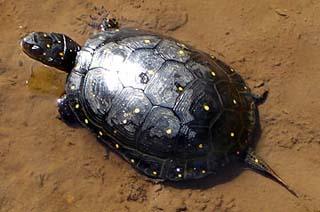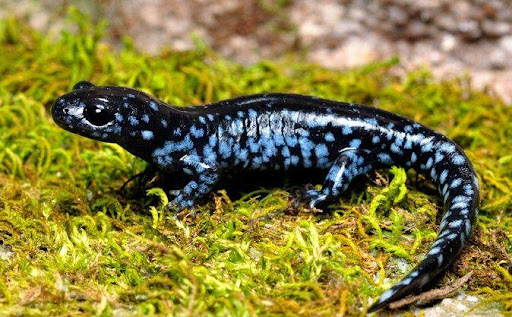Rivers and streams are sculpted by floods, and the land on either side of the water develops over geologic time into a floodplain, a relatively flat open or forested space which helps slow and absorb floodwaters. Floodplains provide unique wildlife habitats and a transition between the river ecosystem and upland ecosystem. The Connecticut River floodplain is known for having some of the richest agricultural soils in the world.
Regenerative agriculture utilizes farming practices that promote soil health through no-till farming, diverse cover crops, and integration of livestock. Organic matter and nutrients left behind after flooding helps enhance the soil, so it can absorb and hold more water, drain the water more efficiently, and reduce soil erosion and flood damage to crops.
Natural floodplains provide flood risk reduction benefits by slowing runoff and storing flood water. They also provide other benefits of considerable economic, social, and environmental value that are often overlooked when local land-use decisions are made.
Some of the other benefits of floodplains to a functioning natural system include:
- Fish and wildlife habitat protection
- Natural flood and erosion control
- Surface water quality maintenance
- Groundwater recharge
- Biological productivity
- Higher quality recreational opportunities (fishing, bird watching, boating, etc.)
Floodplains in Cornish have been mapped in four main areas:
- Along the Connecticut River
- Along Center Road, Townhouse Road, Jackson Road and Tandy Brook Road
- In Cornish Flat
- Along Blow-Me-Down Brook
According to the Association of State Floodplain Managers, there has been a dramatic increase in restoration projects to restore confined channels to natural channels, wider use of stream and river buffers to take advantage of the filtration capability of these areas to improve water quality, and an increased recognition of stream and river fronts as recreational amenities.

